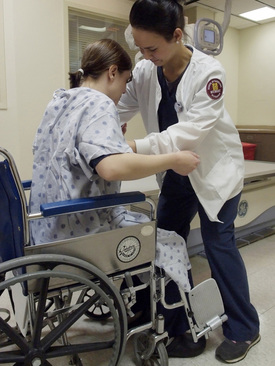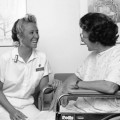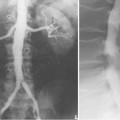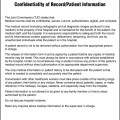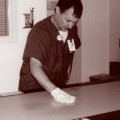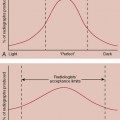CHAPTER 13 On completion of this chapter, you should be able to: • Prevent injury to the patient during a radiographic examination. • Protect the patient, yourself, and others from contagious diseases by practicing proper isolation, sterile, and aseptic techniques. • Reassure and comfort, within the limits of your training, the anxious or fearful patient. • Use proper body mechanics when moving and transferring patients. • Discuss the importance of maintaining the existing status of indwelling catheters and other patient attachments. • Explain what is meant by monitoring vital signs, and describe the radiologic technologist’s role in this aspect of patient care. • Discuss the significance of requiring clinical information when radiographic service is requested. • Explain the importance of recording or charting patient information. 1. Practice high-quality radiographic techniques that include radiation safety in a manner that will minimize further injury or complications. 2. Prevent the spread of disease and injury to others. 3. Prevent hazardous or crippling complications of injuries or illnesses. 4. Alleviate suffering by comforting the patient and preventing emotional complications. 5. Provide the service as economically and in as timely a way as possible while maintaining consistent diagnostic quality. Proper body mechanics (i.e., the action of muscles in producing motion or posture) can best be practiced by employees who have been trained in such techniques. Although a detailed discussion is not appropriate in this text, a few salient points may be helpful. The most important point to keep in mind is that, at all times, human action is influenced by gravity. The center of gravity in the standing human being is at the center of the pelvis. Equilibrium or balance is maintained when the gravity line passes through the base support; the gravity line is an imaginary vertical line that passes through the center of gravity. Stability of a body is increased by broadening the base support. Therefore balance is maintained more easily with the feet spread apart than when they are positioned close together. When lifting or moving a patient, you will want to use this advantage and spread your feet slightly to maintain your balance and stability. Lowering the center of gravity also increases stability. The amount of muscular effort required to maintain stability is directly related to the height of the center of gravity and to the breadth of the base support. Therefore to conserve energy and to reduce the strain on your muscles when lifting or moving patients, lower your body’s center of gravity and broaden your base of support. When lifting an object from the floor, you should bend your knees because this serves as a shock absorber; do not bend from your waist. When lifting a patient, spread your feet slightly to increase your base support, and hold the patient close to your body so that the center of gravity is balanced over both of your feet. Protect your spine by using your arm and leg muscles (Fig. 13-1).
Patient Care and Management
Patient transfer
Patient Care and Management

